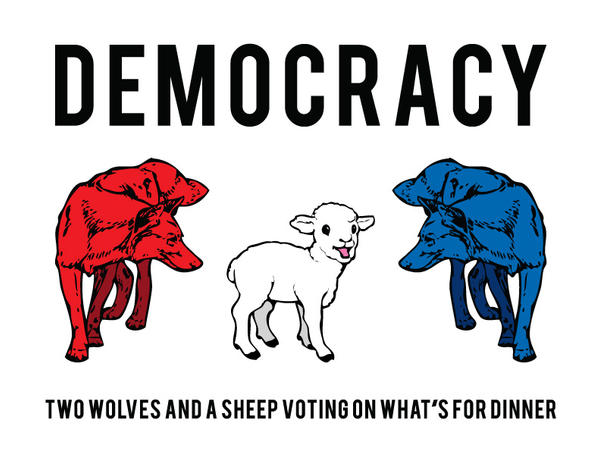
Originally Posted by
toto

Prior to arriving at the eventual wording of section 1 of Article II, the Constitutional Convention specifically voted against a number of different methods for selecting the President, including
● having state legislatures choose the President,
● having governors choose the President, and
● a national popular vote.
After these (and other) methods were debated and rejected, the Constitutional Convention decided to leave the entire matter to the states.
National Popular Vote is based on Article II, Section 1 of the U.S. Constitution, which gives each state legislature the right to decide how to appoint its own electors. Unable to agree on any particular method for selecting presidential electors, the Founding Fathers left the choice of method exclusively to the states in Article II, Section 1
“Each State shall appoint, in such Manner as the Legislature thereof may direct, a Number of Electors….”
The U.S. Supreme Court has repeatedly characterized the authority of the state legislatures over the manner of awarding their electoral votes as "plenary" and "exclusive."
The Constitution does not prohibit any of the methods that were debated and rejected. Indeed, a majority of the states appointed their presidential electors using two of the rejected methods in the nation's first presidential election in 1789 (i.e., appointment by the legislature and by the governor and his cabinet). Presidential electors were appointed by state legislatures for almost a century.
Neither of the two most important features of the current system of electing the President (namely, universal suffrage, and the 48 state-by-state winner-take-all method) are in the U.S. Constitution. Neither was the choice of the Founders when they went back to their states to organize the nation's first presidential election.
In 1789, in the nation's first election, a majority of the states appointed their presidential electors by appointment by the legislature or by the governor and his cabinet, the people had no vote for President in most states, and in states where there was a popular vote, only men who owned a substantial amount of property could vote, and only three states used the state-by-state winner-take-all method to award electoral votes.
In the nation’s first presidential election in 1789 and second election in 1792, the states employed a wide variety of methods for choosing presidential electors, including
● appointment of the state’s presidential electors by the Governor and his Council,
● appointment by both houses of the state legislature,
● popular election using special single-member presidential-elector districts,
● popular election using counties as presidential-elector districts,
● popular election using congressional districts,
● popular election using multi-member regional districts,
● combinations of popular election and legislative choice,
● appointment of the state’s presidential electors by the Governor and his Council combined with the state legislature, and
● statewide popular election.
The current winner-take-all method of awarding electoral votes is not in the U.S. Constitution. It was not debated at the Constitutional Convention. It is not mentioned in the Federalist Papers. It was not the Founders’ choice. It was used by only three states in 1789, and all three of them repealed it by 1800. It is not entitled to any special deference based on history or the historical meaning of the words in the U.S. Constitution. The actions taken by the Founding Fathers make it clear that they never gave their imprimatur to the winner-take-all method. The winner-take-all method of awarding electoral votes became predominant until 1880 -- almost a century after the U.S. Constitution was written, after the states adopted it, one-by-one, in order to maximize the power of the party in power in each state.
The constitutional wording does not encourage, discourage, require, or prohibit the use of any particular method for awarding a state's electoral votes.
As a result of changes in state laws enacted since 1789, the people have the right to vote for presidential electors in 100% of the states, there are no property requirements for voting in any state, and the state-by-state winner-take-all method is used by 48 of the 50 states. States can, and have, changed their method of awarding electoral votes over the years.




 Reply With Quote
Reply With Quote


Bookmarks